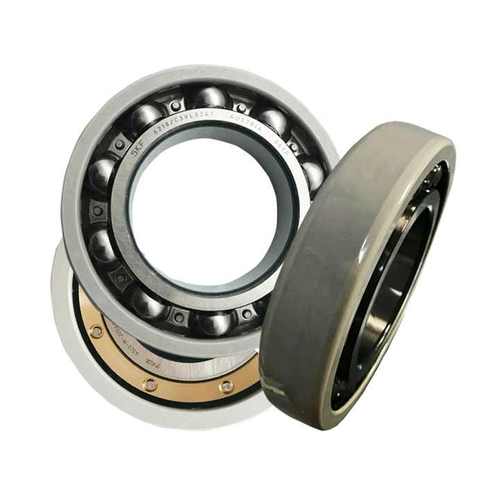Industrial Bearing Maintenance: Essential Tips for Longevity and Performance
Industrial bearing maintenance is critical for ensuring the longevity and efficiency of machinery in manufacturing, automotive, and heavy industries. Proper care reduces downtime, prevents costly repairs, and extends equipment lifespan. This guide covers key practices to optimize bearing performance.
Table of Contents
1. Industrial bearing lubrication techniques2. How to prevent bearing corrosion
3. Signs of bearing failure
4. Bearing maintenance schedule
5. Best practices for bearing installation
1. Industrial Bearing Lubrication Techniques

Effective lubrication is the cornerstone of bearing maintenance. Use high-quality greases or oils compatible with your operating environment. For high-temperature applications, synthetic lubricants with thermal stability are essential. Implement automated lubrication systems for precision dosing. Monitor viscosity regularly and avoid over-lubrication, which causes heat buildup. Always follow manufacturer specifications for lubrication intervals and quantities.
2. How to Prevent Bearing Corrosion
Corrosion prevention starts with selecting corrosion-resistant materials like stainless steel or ceramic bearings. Apply protective coatings such as zinc plating for humid environments. Use desiccants in storage areas and maintain proper humidity levels below 60%. Implement regular inspections using ultrasonic testing to detect early corrosion signs. Always clean bearings with non-reactive solvents before re-lubrication.
3. Signs of Bearing Failure
Common failure indicators include abnormal noises (grinding or screeching), excessive vibration, and temperature spikes above 160°F. Conduct vibration analysis monthly using FFT spectrum analyzers. Monitor current draw in electric motors for unusual patterns. Inspect for discoloration or pitting on raceways. Implement predictive maintenance programs with IoT sensors for real-time monitoring.
4. Bearing Maintenance Schedule
Develop a tiered maintenance plan: daily visual inspections, weekly lubrication checks, monthly vibration analysis, and annual disassembly inspections. Use CMMS software to track maintenance history. Align schedules with equipment usage – high-speed bearings may need quarterly overhauls. Always document torque values and alignment measurements during reassembly.
5. Best Practices for Bearing Installation
Use induction heaters for controlled expansion during mounting. Never hammer bearings directly – apply force evenly using specialized tools. Maintain shaft and housing tolerances within ISO IT5/IT6 standards. Verify alignment with laser alignment tools (≤0.002" tolerance). Perform run-in tests at 25% load for initial 2 hours. Always replace locking collars and seals during reinstallation.
Mastering these five critical aspects of industrial bearing maintenance – from precision lubrication to proper installation – can dramatically improve your operational reliability. Whether you're combatting corrosion in marine environments or optimizing high-speed spindle bearings, these proven strategies help prevent unplanned downtime. Continue reading to explore advanced monitoring techniques and learn how to integrate predictive maintenance into your operations.
By implementing systematic lubrication protocols, corrosion prevention measures, and predictive maintenance strategies, organizations can achieve 30-50% longer bearing lifespans. Regular training for technicians and investment in monitoring technologies ensure sustained equipment performance. Prioritize these best practices to maximize ROI on industrial bearing systems.




 13869596835
13869596835